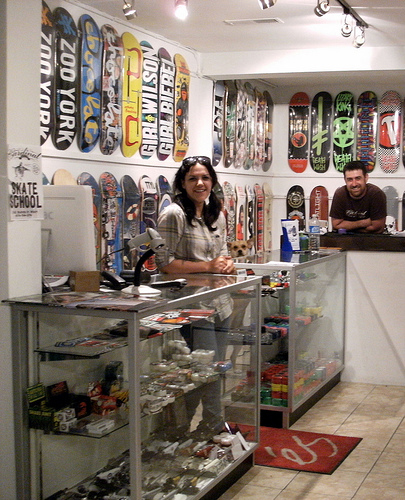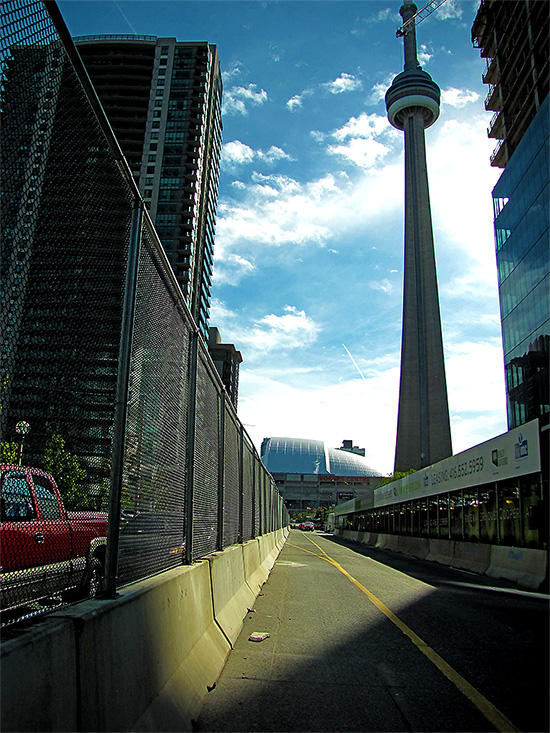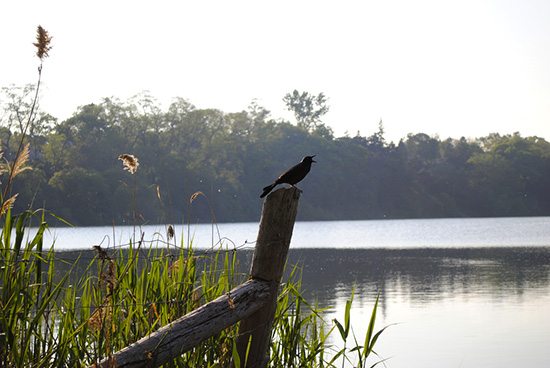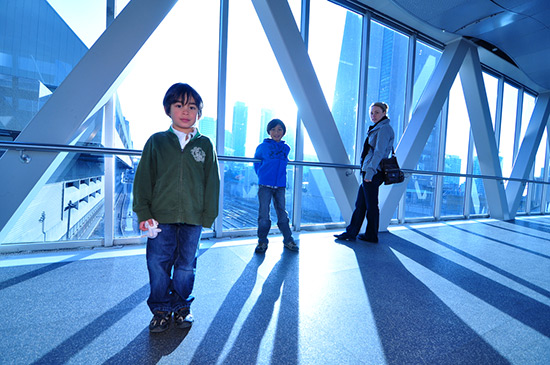A few years ago when I still lived on the farm (pretty close to a farm anyways), I spent many hours driving around the countryside looking for abandoned houses, mines, warehouses, factories; basically any structures left to nature. On the periphery of the suburbs these were a dime-a-dozen.
For whatever reasons (I’m guessing economic), people just picked up and left their residences, sometimes leaving everything behind. I mean, most of the time the houses were empty and dilapidated; still fun if you’re into testing your skills in dangerous environments (the mines were especially enjoyable), but other than photos, not much to walk away with. But there were prized finds too, locations with dusty books, old photos, antiques, coins – I have more than a few items in my collection from those times.
The way I looked at it was like this: if I didn’t save those items, they’d now be destroyed by the elements, mildew, or asshole-initiated fires. And because these structures were located on the edges of the burbs, they were more often than not slated for demolition anyway, so whatever was inside would’ve ended up in landfill (at best). Even designated historical properties were often left to complete ruin while new subdivisions sprung up around them – sometimes coming within a foot of the old structures, and sometimes even damaging them. In a very real way I considered my incursions a way to preserve history.
The same philosophy is behind the movement known as Urban Exploration, or UrbEx, which got its start in Toronto (at least in terms of being organized and public). As the name implies, exploration of this kind is usually reserved for urban environments like abandoned or boarded up buildings, unused subway stations, old factories, and even sewers. If it’s off-limits to the public, it’s fair game for UrbEx.
Technically, anyone involved in UrbEx is breaking the law – it’s still trespassing. Plus, some locations are incredibly dangerous (crumbling walls/floors, exposed electrical wiring, asbestos, etc.), so the pastime doesn’t always attract people with the best intentions or the most brain cells. But there do exist organizations and individuals who think the same way I do, who took the pains to explore properly, and it’s thanks to their efforts that we now have Doors Open Toronto.
This year, 150 buildings opened their doors to the public during the weekend event, giving almost unlimited access for people to explore typically off-limits areas.
… Continue Reading











